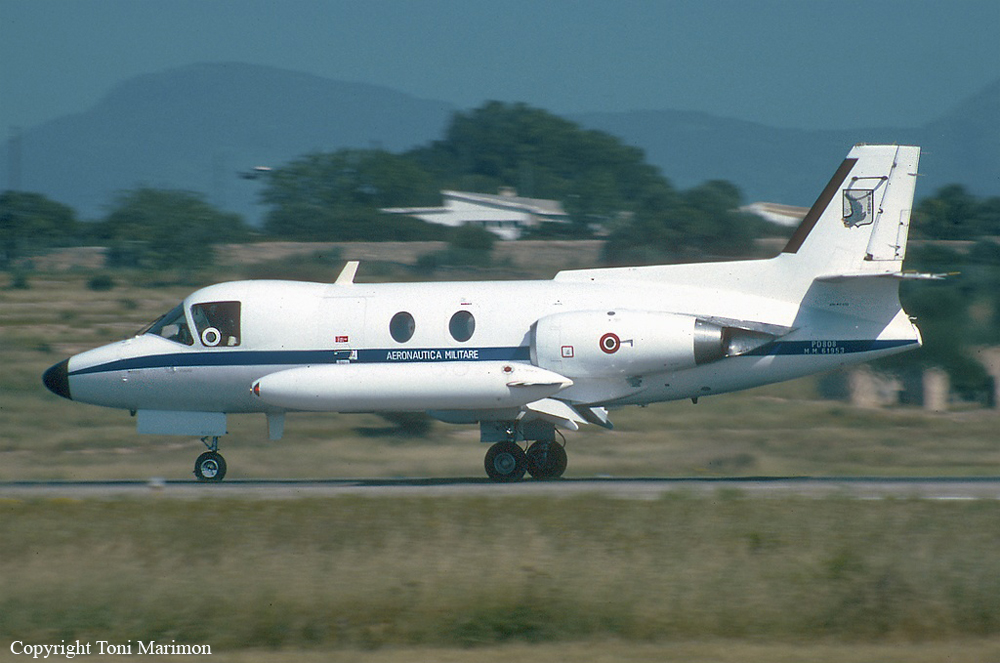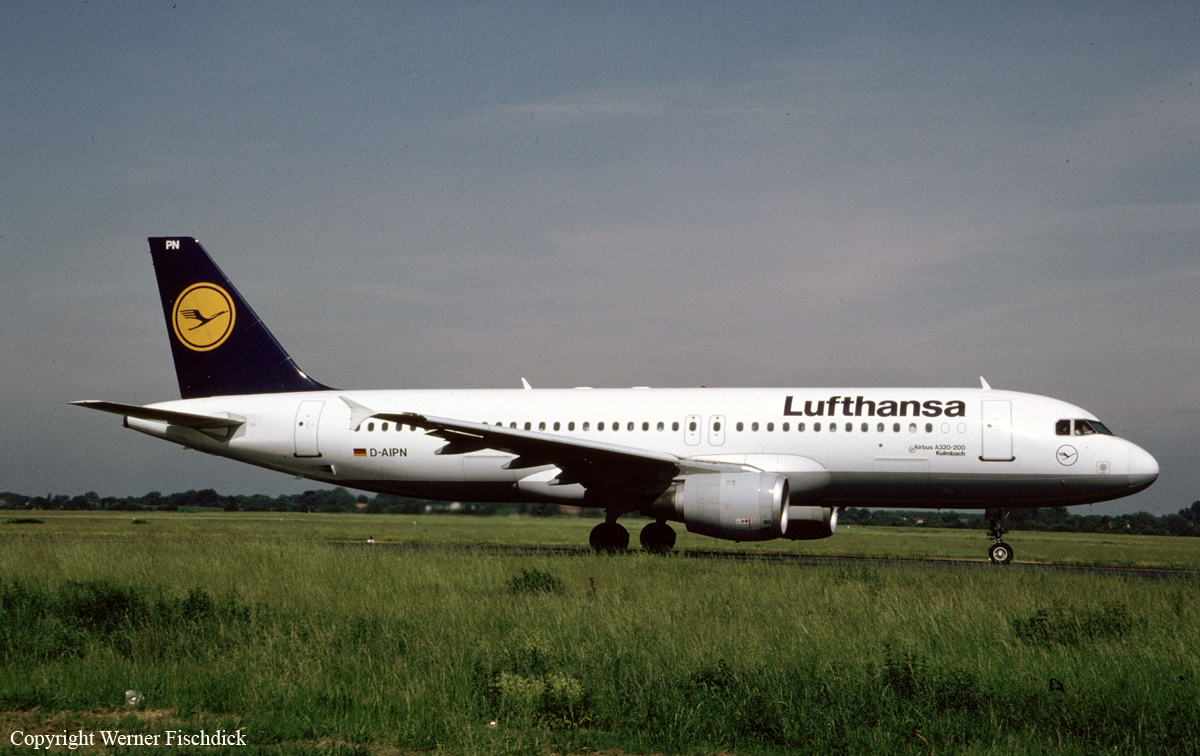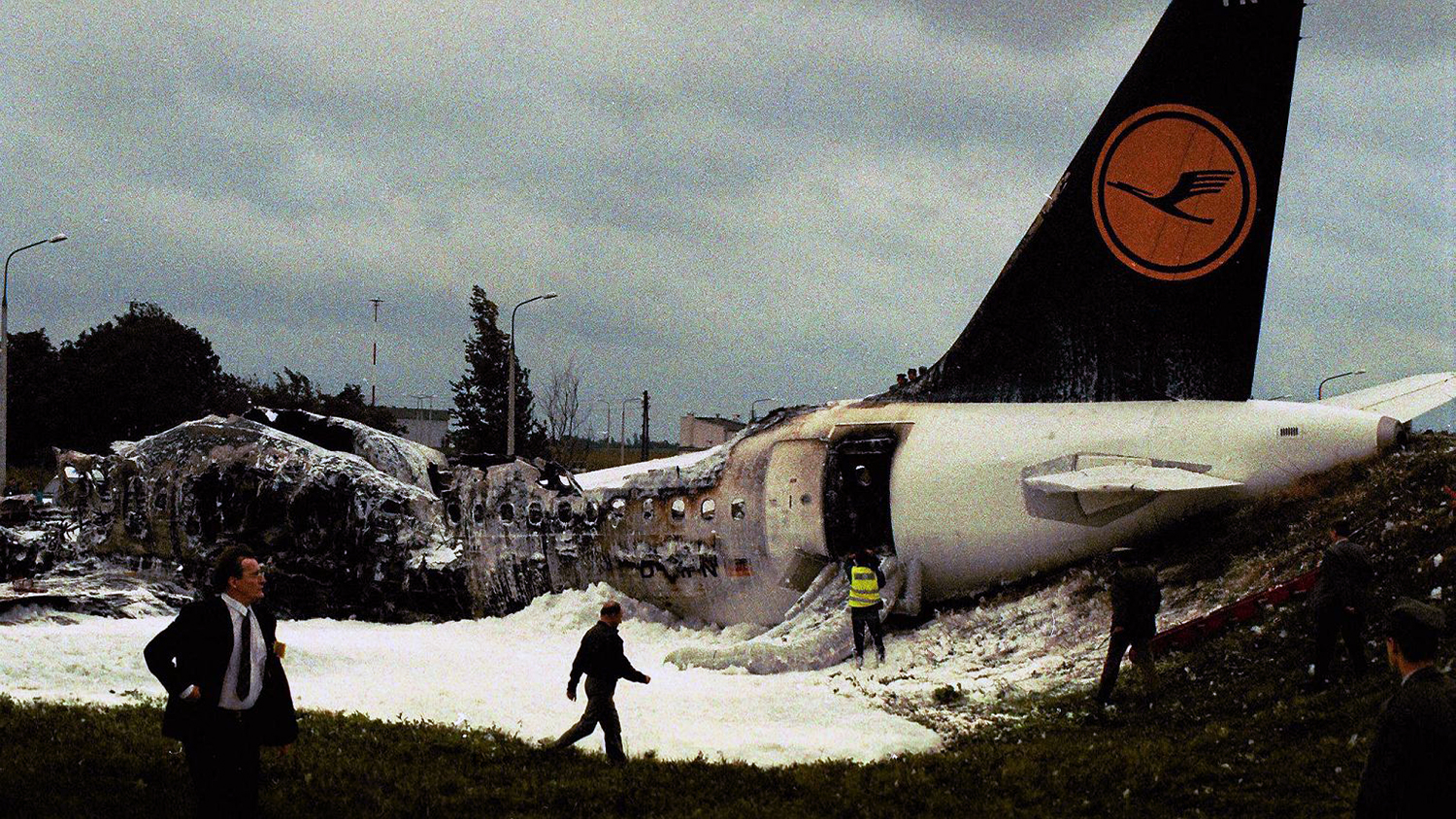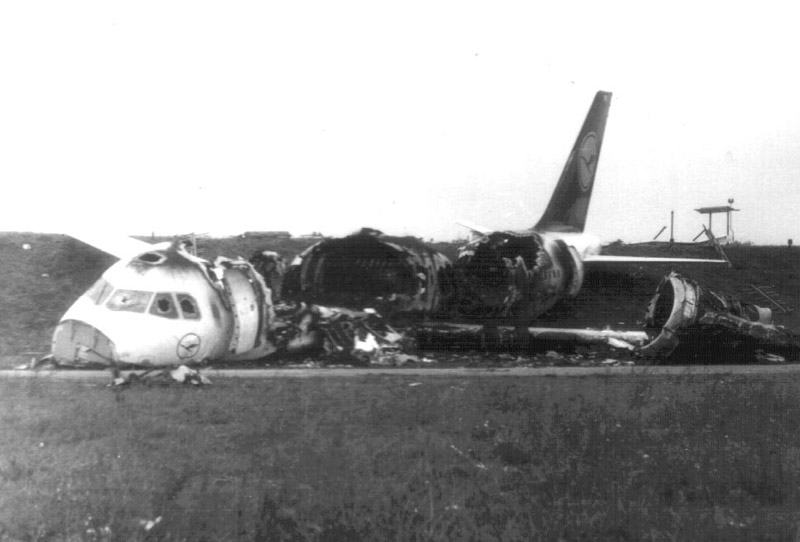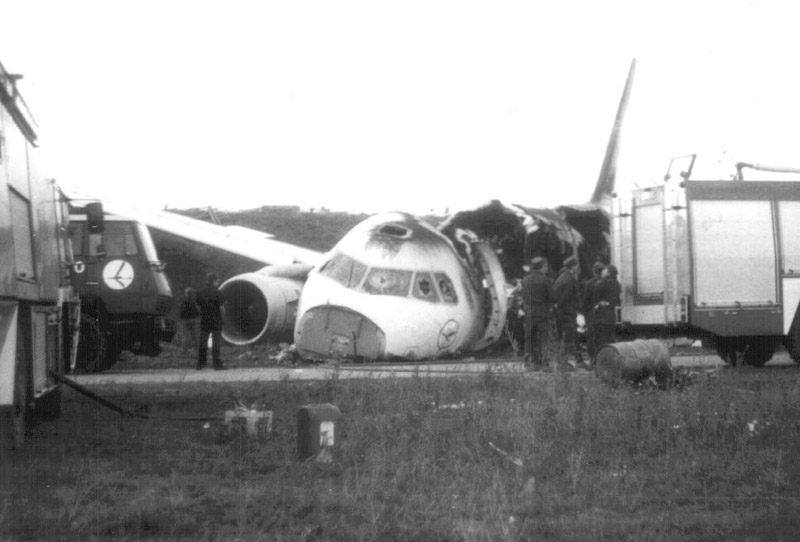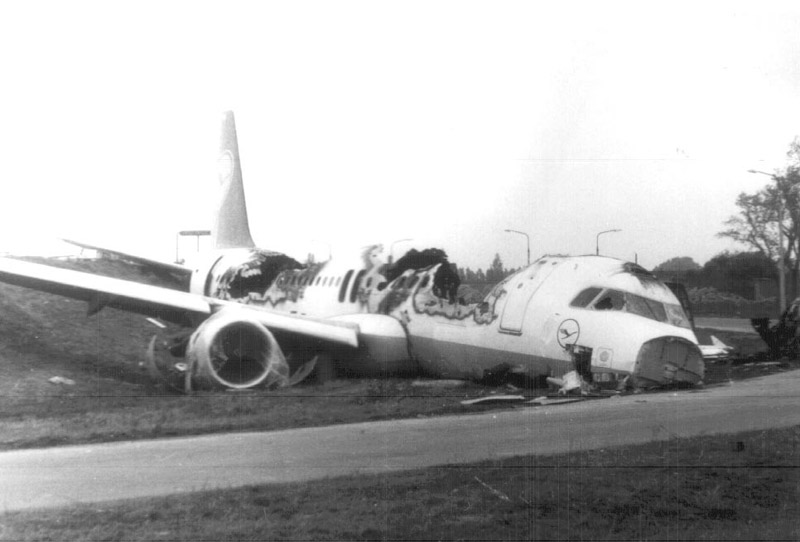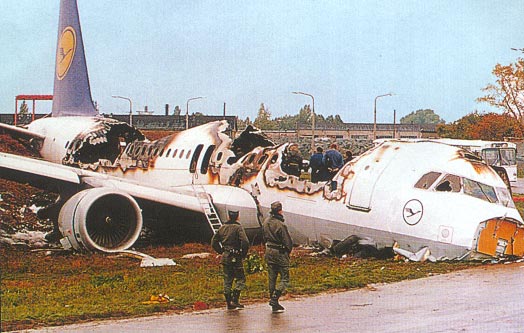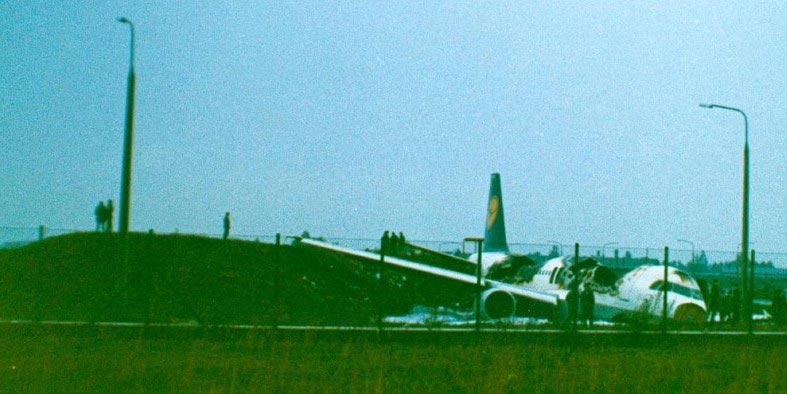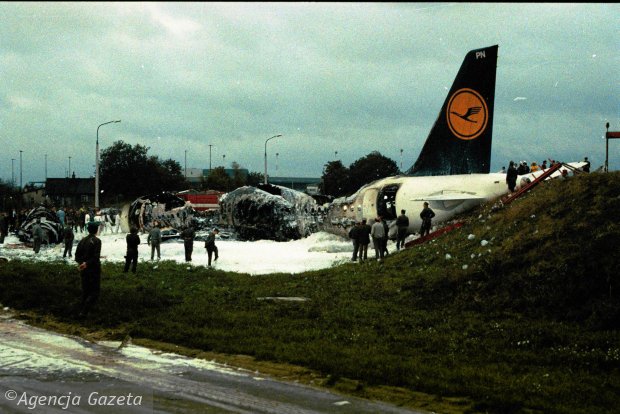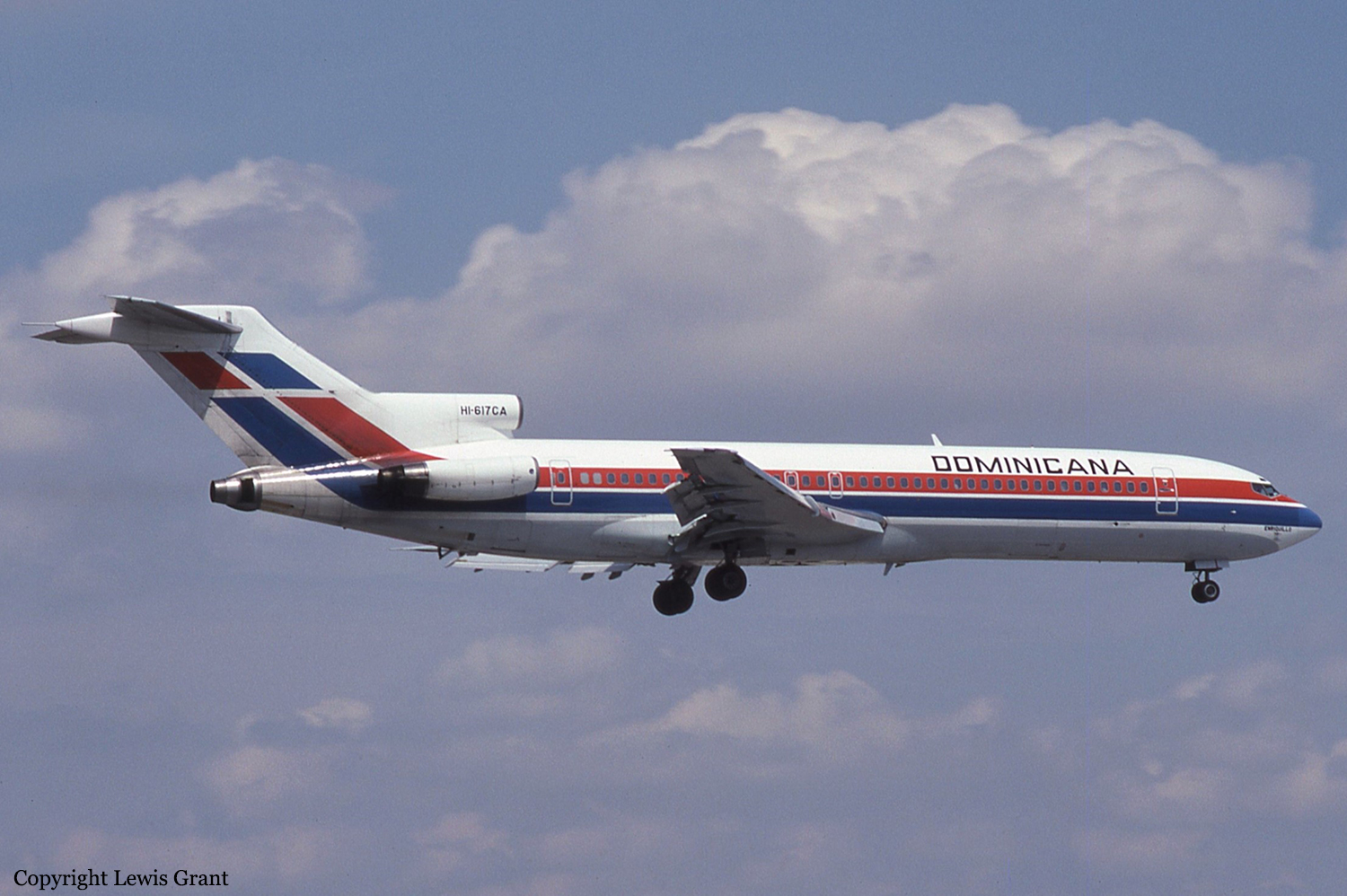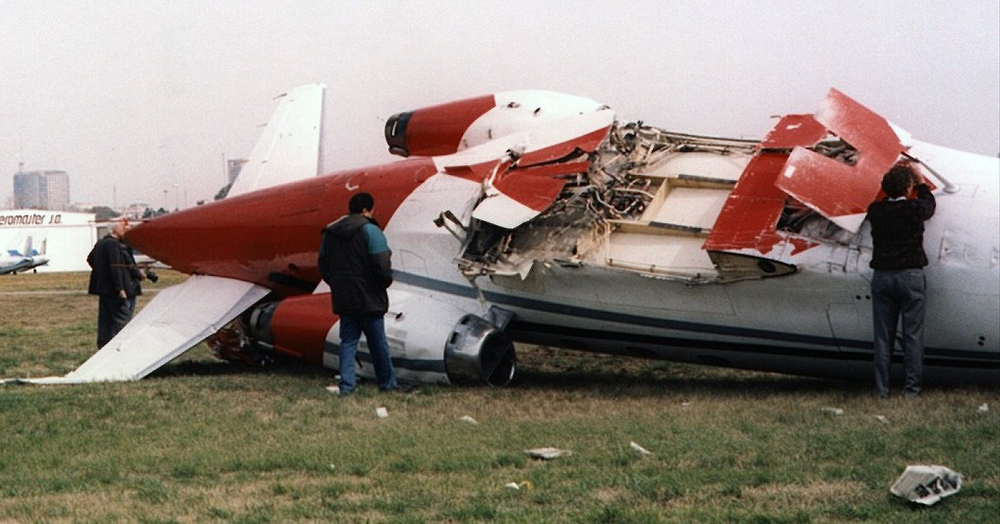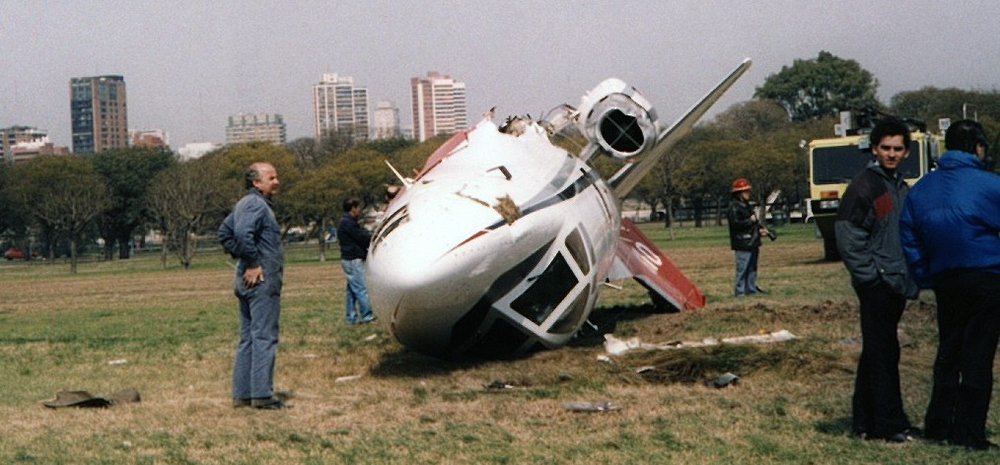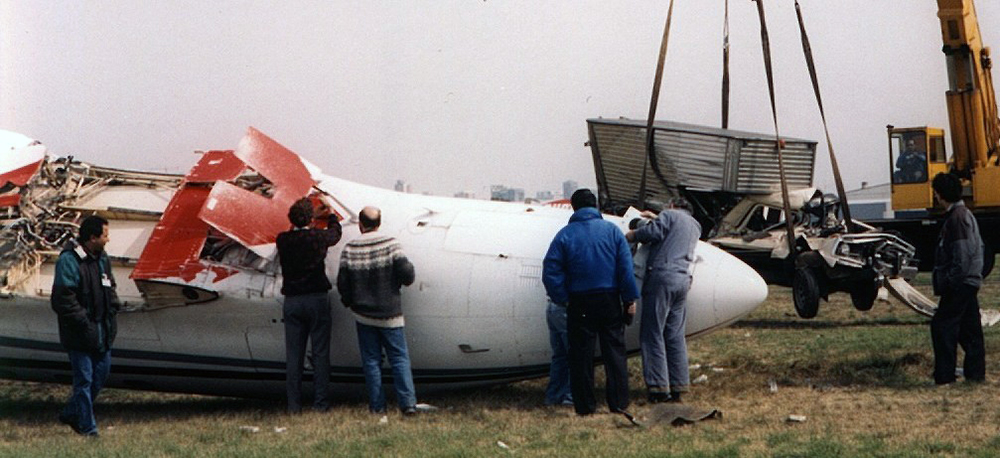Crash of a Piaggio PD-808TP in Venice: 3 killed
Date & Time:
Sep 15, 1993
Registration:
MM61953
Survivors:
No
Schedule:
Treviso - Rome
MSN:
511
YOM:
1972
Crew on board:
3
Crew fatalities:
Pax on board:
0
Pax fatalities:
Other fatalities:
Total fatalities:
3
Circumstances:
After takeoff from Treviso-Istrana Airbase, the crew informed ATC about technical problems and was cleared to divert to Venice-Tessera Airport for an emergency landing. On final, the aircraft went out of control and crashed few hundred metres short of runway. All three crew members were killed.
